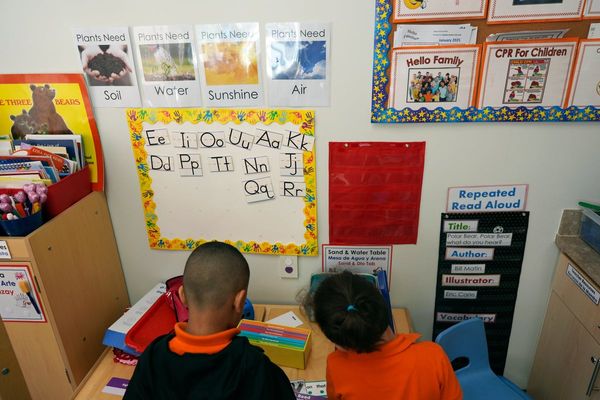
For all the hand wringing about the current "Great Resignation," the reality is that we should have seen this coming. Long before the pandemic, there were signs that more than a few employees were unhappy. And as the pandemic progressed, even more worrying signals emerged.
If there's a silver lining, it's that many of the early-warning indicators are easy to spot, and some don't require tools any more sophisticated than a bit of listening. What follows are two of the biggest warning signs that most companies missed and ways to prevent these oversights going forward.
Warning Sign #1: Employees' Language Has Changed
In the recent study Employee Burnout In 2021, we discovered that 84% of leaders have heard their employees use language indicating burnout. We're not talking about standard gripes like "Wow, I'm tired" or "I've got a case of the Mondays." Rather, we're looking at the shift to far more intense and emotional language that has occurred during the course of the pandemic.
When we're physically tired, like from a poor night's sleep, we'll probably say, "I'm tired." But when we're suffering from the chronic stress known as burnout, we're far more likely to use words like exhausted, overwhelmed, fried, enough, can't, frustrated, etc.
Notice how those words are far more emotional than simply saying, "I'm tired." Physical fatigue is concerning, but emotional exhaustion can lead to hopelessness, a loss of resilience, and, of course, an employee quitting for greener pastures.
This warning sign is easy to spot, however. It requires teaching managers to ask employees questions about what's frustrating them and then to pay close attention to the answers. While one-on-one conversations are ideal for this, there's nothing wrong with a manager posing a few questions to the team at the next staff meeting. And there will almost certainly be enough words spoken for even a novice manager to get a rough idea of just how burned out people are.
Warning Sign #2: Add Another Question To Your Employee Engagement Survey
Most companies have some data about the engagement of their employees. Usually, this data comes from employee surveys and, more specifically, from standard questions like, "Would you recommend this company to others?" While that's useful information, it misses a key aspect driving the droves of resigning employees, namely, their motivation.
Just because an employee is disengaged doesn't automatically mean they'll exert the energy to find a new job and quit. If they're seriously burned out (as in the previous point), then yes, there's a higher chance they'll quit. But being dissatisfied with one's current employer doesn't automatically mean one will start searching for a better employer.
For example, imagine an employee who's in a pandemic-related malaise. They don't love their current employer, but they're also certain that every other company is just as bad. That's not ideal, but inertia might very well stop that person from quitting.
But now imagine someone who's full of ambition yet dislikes their current employer. This employee is far more likely to think, "I'm wasting my ambition and energy at this terrible company, so I'm going to start searching to find someplace way better." Employees like this are known as Motivated But Unhappy, and data reveals that they comprise about 26% of an average workforce.
The key to identifying this warning sign in the early stages is, first, to conduct regular employee engagement surveys. Second, don't just ask employees whether they're presently engaged; dig a little deeper and assess whether they're also motivated.
These are just two of the warning signs that the Great Resignation was imminent; there are dozens more. The point, however, is that the current exodus was predictable. Whether we discovered this through surveys or simply listening to employees, the signs were there. The big question for every executive moving forward is whether we want to start listening to avoid this problem again in the future.







